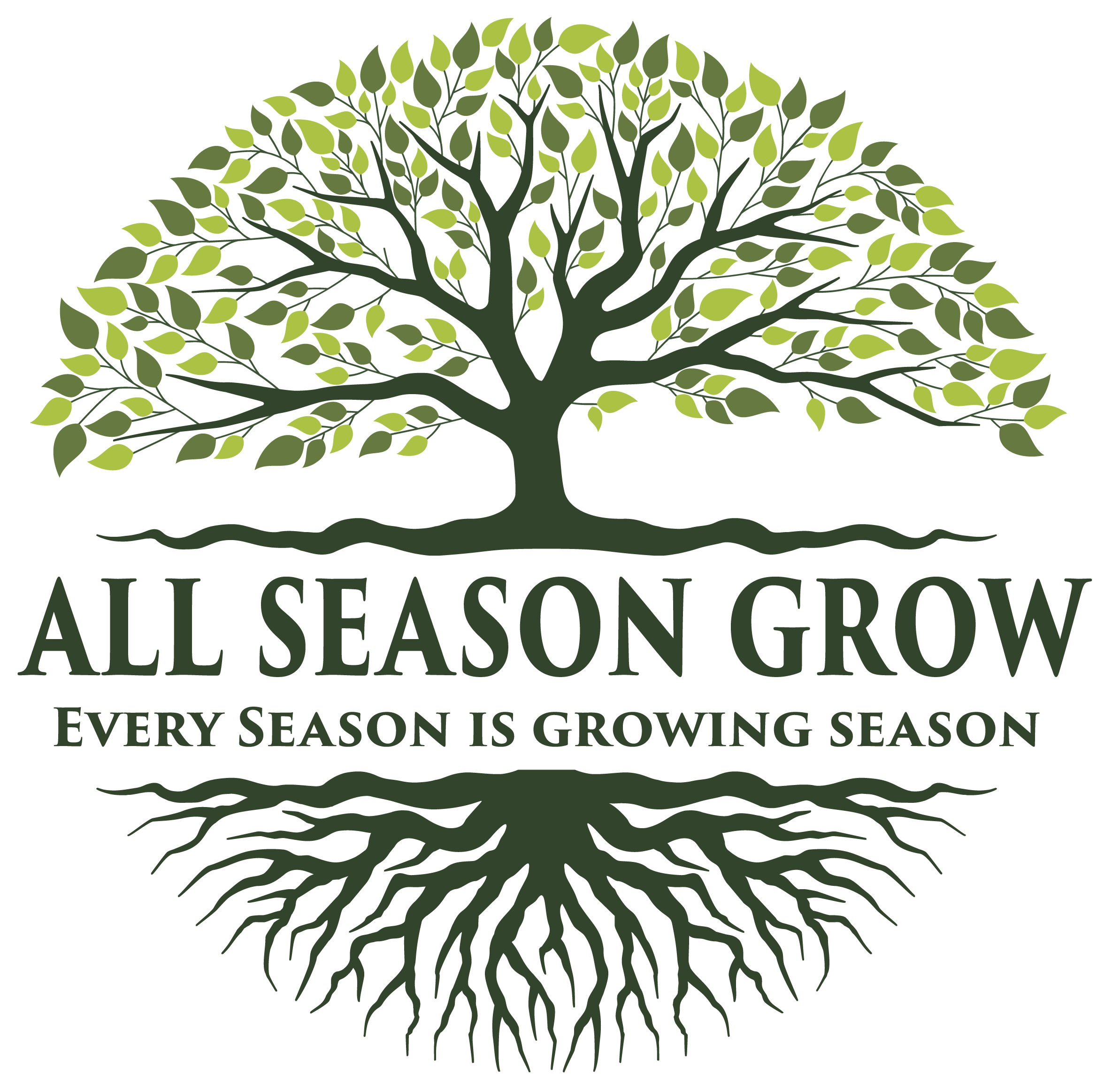This post may include affiliate links. We may earn a commission for purchases made using these links at no cost to you. Please see our disclosure to learn more.
The History and Philosophy of Bonsai
Understanding Zen Gardens
Choosing the Right Bonsai for Your Zen Garden
Getting Started: From Seed to Bonsai
Caring for Your Bonsai Tree
Integrating Bonsai into Your Zen Garden
Conclusion
Frequently Asked Questions
Hello, fellow garden enthusiasts! Today, we’re embarking on a journey – from seed to serenity – exploring the ancient art of bonsai within the tranquil setting of a Zen garden. Ready? Let’s delve into the beauty and intricacy of these two Japanese traditions.
The History and Philosophy of Bonsai
Bonsai, which means “planted in a container” in Japanese, has been practiced for over a thousand years. The aim? To create a miniature but realistic representation of nature in the form of a tree. Bonsai is not merely gardening; it’s an art form that promotes balance and evokes tranquility.
Understanding Zen Gardens
A Zen garden, or karesansui, is designed to stimulate meditation. Elements of the garden are used symbolically, like rocks representing islands and raked gravel symbolizing rippling water. Each piece has its place, just like every thought in our mind.
Elements of Zen Gardens
Key elements of Zen gardens include stones, water features or representations, bridges, and plants, with each one adding to the garden’s symbolism. It’s a masterpiece of balance, harmony, and tranquility. It’s not just a garden; it’s a state of mind.
Choosing the Right Bonsai for Your Zen Garden
Choosing the perfect bonsai for your Zen garden can be an adventure in itself. It’s about finding a tree that speaks to you and fits the aesthetic of your garden.
Indoor vs. Outdoor Bonsai
Whether you’re growing an indoor or outdoor bonsai can impact your choice. Indoor bonsais are generally tropical species that need warm temperatures, while outdoor bonsais are often native species that can handle colder conditions.
Popular Bonsai Species for Zen Gardens
For Zen gardens, popular choices include the resilient Juniper, the classic Pine, or the blooming Azalea. Your choice should resonate with your personality and the vibe of your Zen garden.
Getting Started: From Seed to Bonsai
Growing a bonsai from seed is a patient and rewarding process. It gives you full control over your tree from the beginning of its life.
Selecting Quality Bonsai Seeds
The first step is to select high-quality seeds from reliable sources. Look for species that match your gardening conditions and aesthetic preferences.
Germinating Your Bonsai Seeds
Next, follow specific germination instructions for your chosen species. Some seeds require stratification (cold treatment) to sprout, while others need soaking or scarification (scratching the seed coat).
Pruning and Shaping Your Bonsai
As your seedling grows, pruning and shaping become crucial. Wire and careful pruning guide your bonsai into its desired shape, reflecting the full-sized trees it emulates.
Caring for Your Bonsai Tree
Bonsai care involves maintaining the balance between growth and restraint, requiring attentive watering, fertilizing, and re-potting.
Watering Your Bonsai
Watering your bonsai is an art. It requires you to understand your tree’s species, its potting media, and its environment. Generally, bonsais prefer their soil to dry out slightly between waterings.
Fertilizing Your Bonsai
Fertilization ensures your bonsai gets essential nutrients. Use a bonsai-specific fertilizer or a balanced slow-release one, and follow the instructions carefully.
Re-potting Your Bonsai
Re-potting helps manage your bonsai’s size and health. The frequency of re-potting depends on the species and age of your tree.
Integrating Bonsai into Your Zen Garden
Successfully integrating your bonsai into your Zen garden involves careful consideration of aesthetics and maintenance.
Placement and Aesthetics
In Zen aesthetics, less is more. The placement of your bonsai should create harmony within your garden, contributing to its meditative quality.
Maintaining the Harmony of Your Zen Garden
Maintaining your Zen garden means regular care for your bonsai and ensuring that each element remains in balance. After all, balance is the essence of a Zen garden.
Conclusion
From seed to serenity, growing a bonsai tree for your Zen garden is a fulfilling journey. It’s about patience, balance, and harmony. And remember, just as every tree starts from a single seed, every gardener starts with a single step. Are you ready to take yours?
Frequently Asked Questions
- What type of bonsai is best for a Zen garden?
Choosing a bonsai for your Zen garden depends on your personal preference and the climate of your location. Juniper, Pine, and Azalea are popular choices. - Can bonsai trees stay outside in winter?
Some bonsai trees can withstand winter, especially if they’re species native to your location. Tropical species, however, should be brought indoors. - How often should I water my bonsai tree?
It depends on your bonsai species and the potting media. Generally, water your bonsai when the soil starts to dry out. - How often should I fertilize my bonsai tree?
Bonsai trees generally need to be fertilized every two weeks during the growing season, less during dormancy. Always follow the instructions on your fertilizer. - Can any tree be used for bonsai?
In theory, any tree can be miniaturized into bonsai. However, some species are more suited due to their leaf size and growth characteristics.



